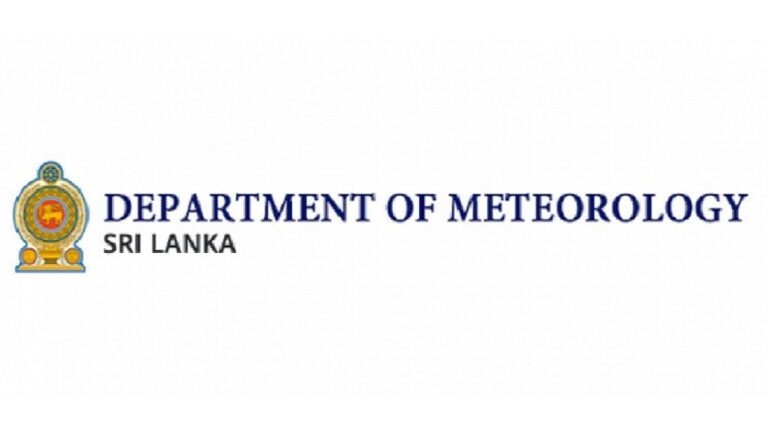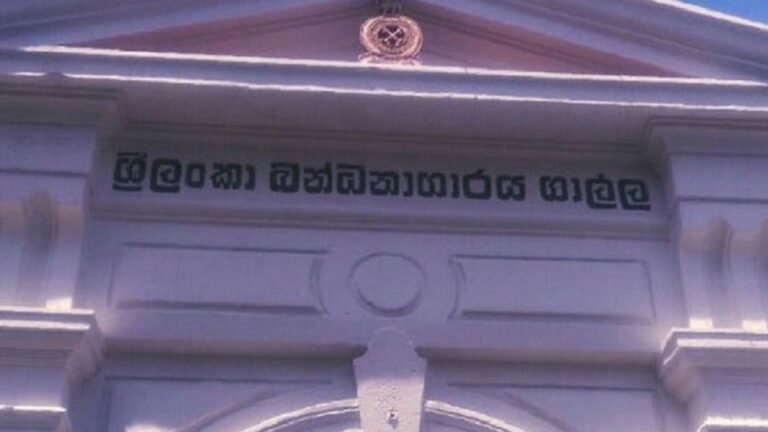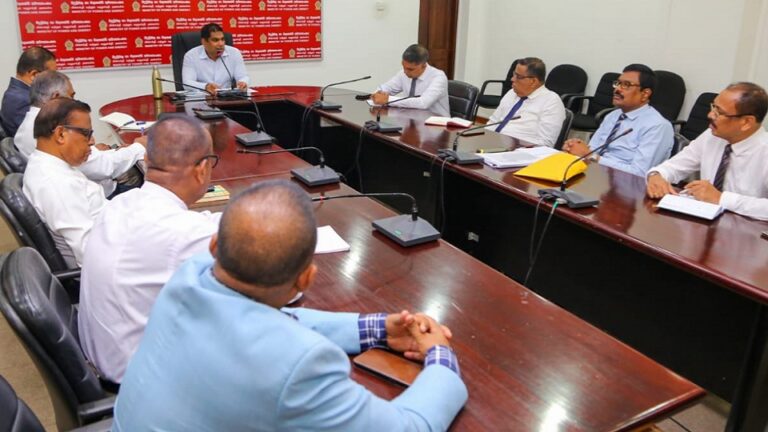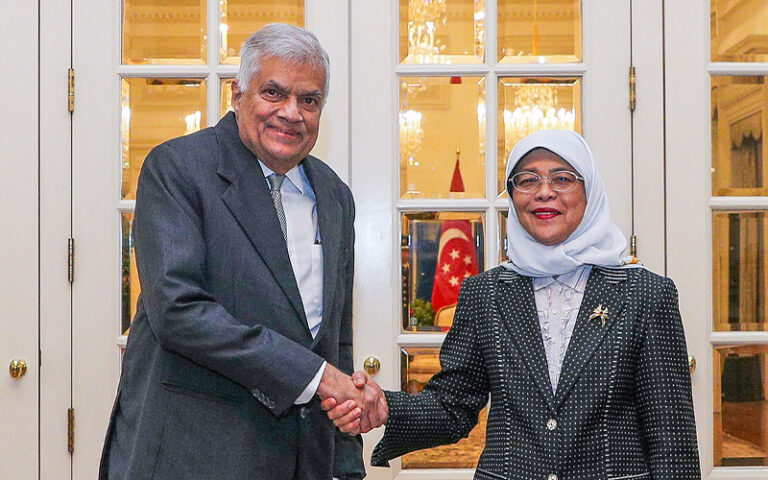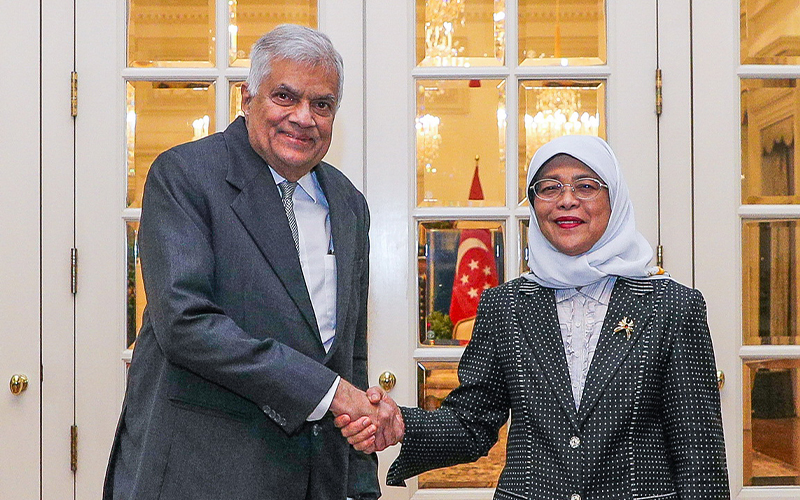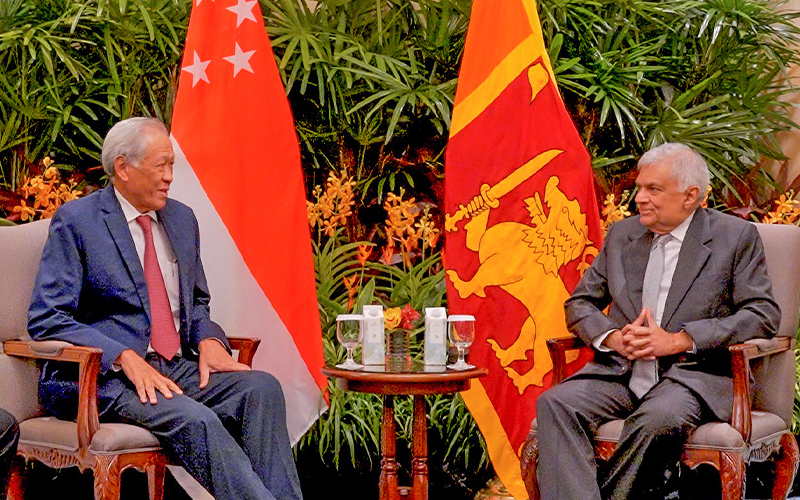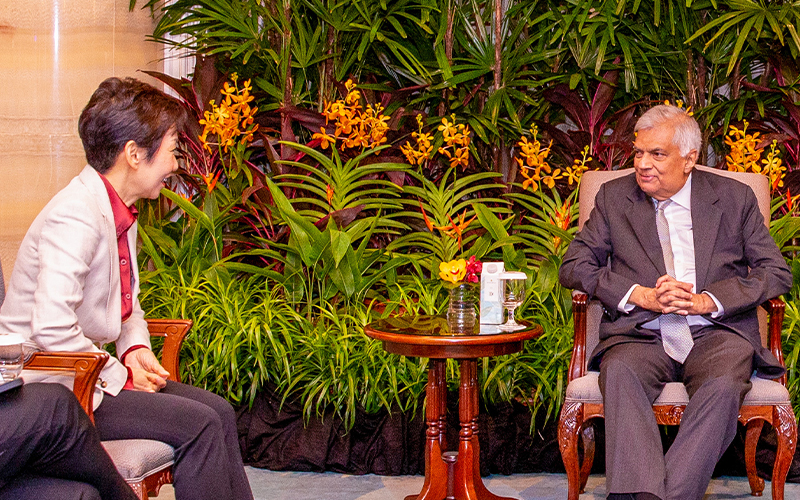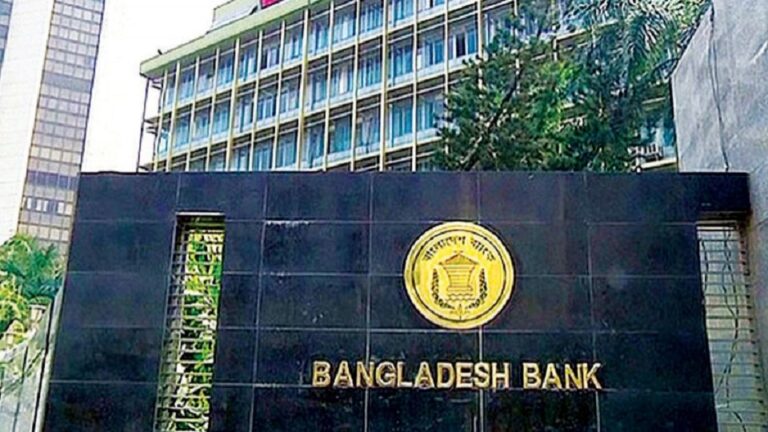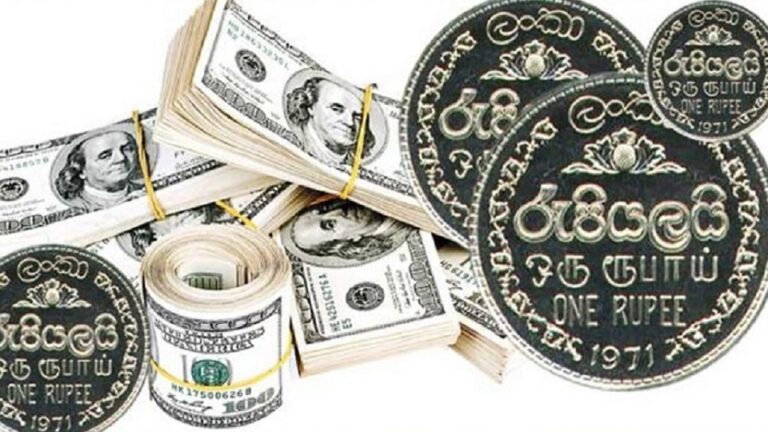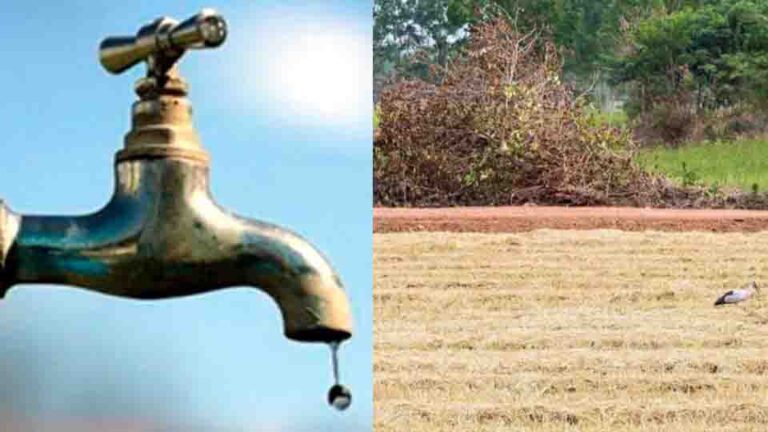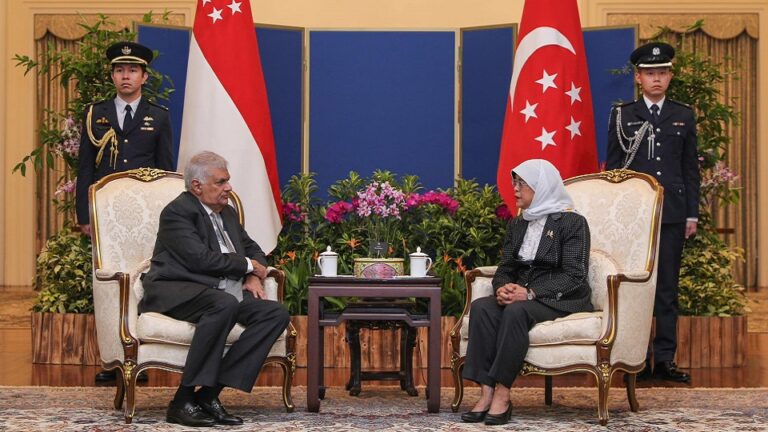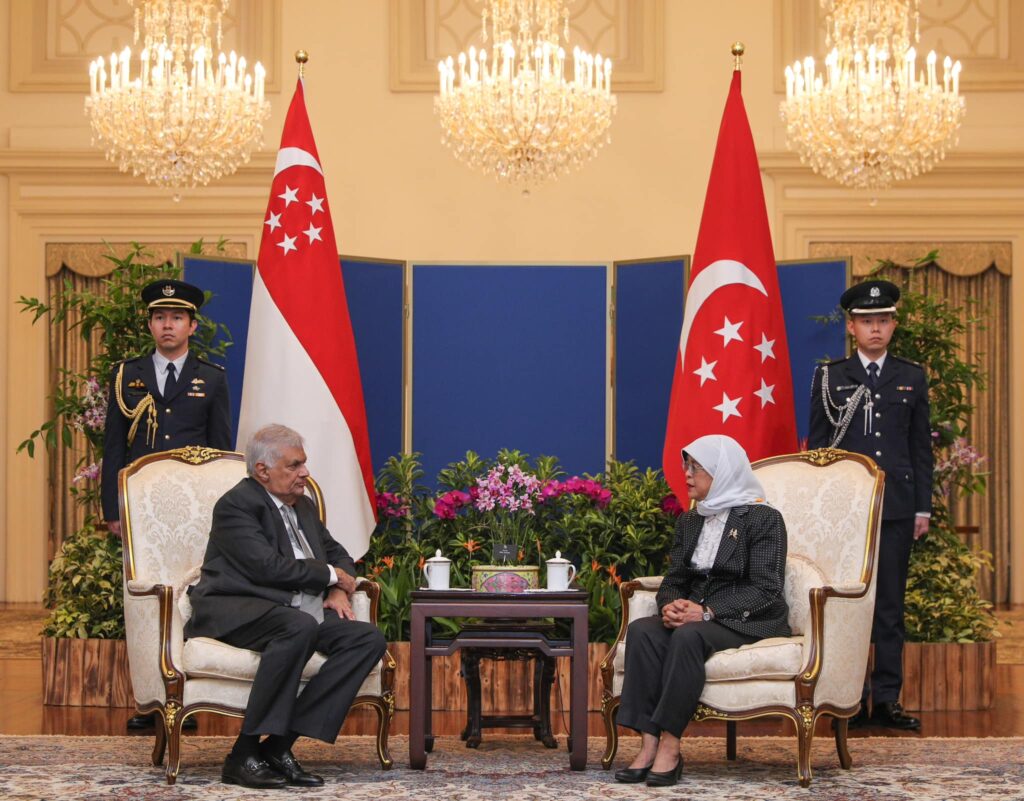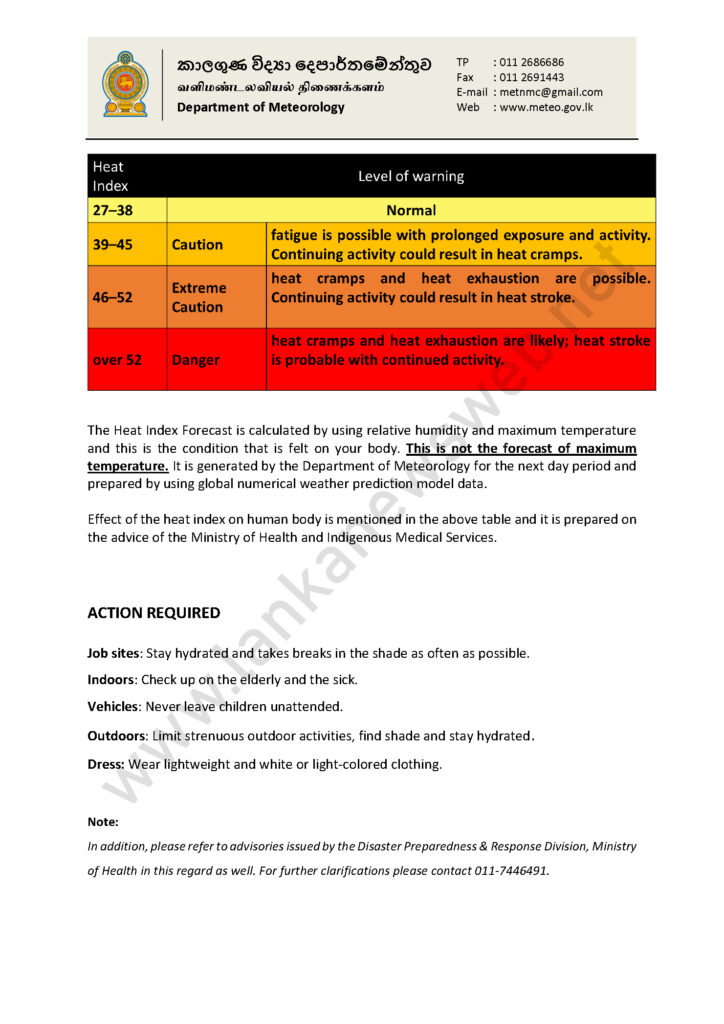By: Isuru Parakrama
Colombo (LNW): Several spells of showers will occur in Western and Sabaragamuwa provinces and in Galle and Matara districts.
Showers or thundershowers may occur at a few places in Central, Uva and Eastern provinces and in Mullaitivu district during the evening or night.
Mainly fair weather will prevail elsewhere over the Island.
Fairly strong winds about (40-45) kmph can be expected at times in North-Central and North-Western provinces, and in Hambantota district.
Marine Weather:
| Condition of Rain: |
| Showers may occur at a few places in the sea areas off the coast extending from Colombo to Matara via Galle. |
| Winds: |
| Winds will be south-westerly and speed will be (25-35) kmph. Wind speed may increase up to (45-55) kmph at times in the sea areas off the coast extending from Hambantota to Pottuvil, and from Puttalam to Kankasanthurai via and Mannar. |
| State of Sea: |
| The sea areas off the coast extending from Hambantota to Pottuvil, and from Puttalam to Kankasanthurai via Mannar can be rough at times. |


